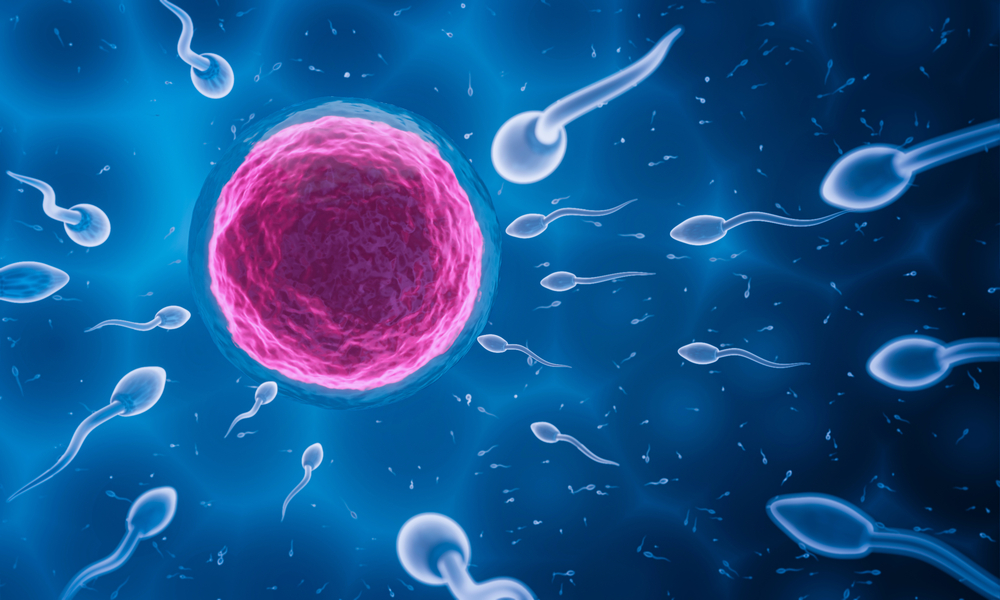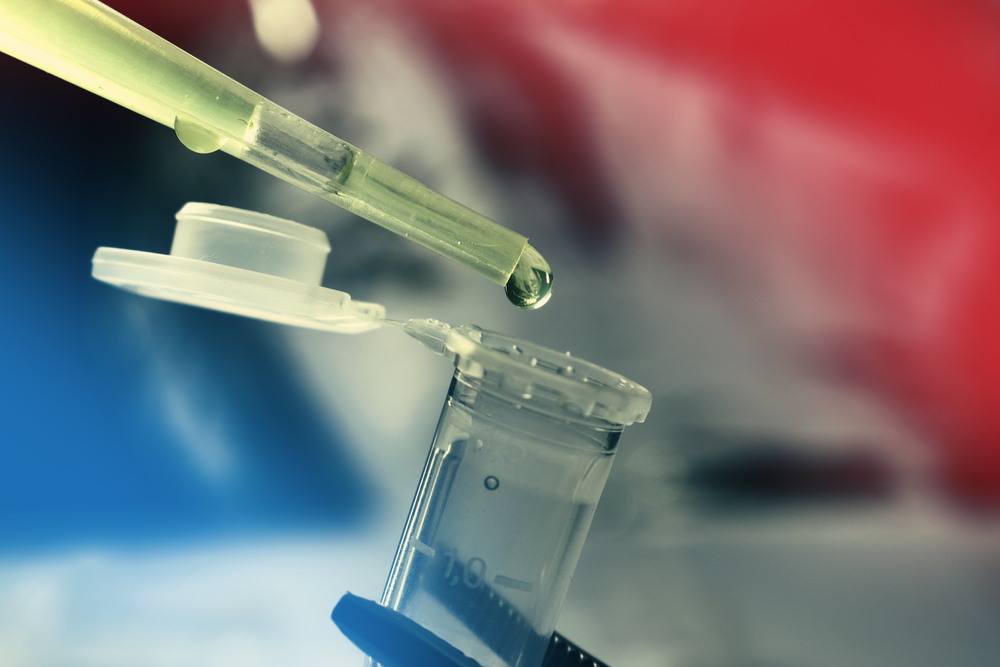Your cart is currently empty!
New Study Found Microplastics In Every Single Human Semen Sample

We’re surrounded by plastic—water bottles, packaging, everyday conveniences—but what happens when fragments of it become so small, they’re invisible to the naked eye and infiltrate the most intimate corners of our lives? Recent research has uncovered something that’s both startling and deeply unsettling: microplastics, these microscopic pollutants, are not only in the air we breathe and the water we drink, but they’ve made their way into human reproductive systems. What does this mean for the future of human health, and how did we get here?
Unveiling an Unsettling Discovery
In a meticulous and groundbreaking study, researchers examined semen samples from 40 healthy men, uncovering an unexpected and deeply troubling finding—every single sample contained microplastics. These tiny particles, remnants of human-made plastics breaking down over time, were identified using advanced techniques, offering a microscopic glimpse into the pervasive nature of this pollution.

The team discovered eight distinct types of plastic in the samples, with polystyrene—a material commonly used in packaging—emerging as the most prevalent. While the study focused on participants unconnected to the plastics industry or coastal areas, the presence of these particles underscored an inescapable truth: microplastics have become a ubiquitous part of our environment, reaching even those far removed from direct sources of pollution.
Intriguingly, the analysis also revealed a potential link between specific plastics and male reproductive health. For example, samples containing polyvinyl chloride (PVC) bits appeared to correlate with lower sperm motility, hinting at a possible impact on fertility. Though the researchers note that more data is required to establish causation, the findings add to growing concerns about microplastics as a silent threat to human health.
The Hidden Toll of Microplastics

The discovery of microplastics in human semen adds a troubling new dimension to the growing concerns about their impact on health. While scientists are still uncovering the full range of consequences, early findings suggest that these particles may pose significant risks, particularly to reproductive health.
One major concern is the potential link between microplastic exposure and declining sperm quality. In this study, researchers observed lower sperm motility—an essential factor for successful reproduction—in samples containing PVC microplastics. Additionally, past studies involving mice have shown that exposure to certain plastics can damage the blood-testis barrier, reduce viable sperm counts, and increase the prevalence of sperm deformities. These findings raise the possibility that microplastics might play a role in the alarming global decline in fertility rates.
Beyond reproduction, microplastics have been linked to other health issues, such as inflammation, oxidative stress, and disruption of the endocrine system. As these tiny pollutants accumulate in the body, their long-term effects remain unknown, but the evidence so far paints a concerning picture of chronic, cumulative risks to overall well-being.
Microplastics: Ubiquitous Pollutants

Microplastics are everywhere—so much so that they’ve become an inescapable part of daily life. These minuscule fragments are formed as larger plastics degrade over time, finding their way into the environment and our bodies. From bottled water to food heated in plastic containers, inhaling air particulates, or even eating seafood, the avenues for microplastic ingestion are startlingly numerous. Scientists estimate that the average person consumes the equivalent of one credit card’s worth of plastic every single week.
What’s more alarming is the breadth of their reach. Microplastics have been found in the most unexpected places, from the upper atmosphere to the depths of the ocean—and even inside sealed caves that hadn’t been disturbed for years. In humans, these pollutants are making themselves at home in virtually every organ, including the liver, lungs, and now, the reproductive system. This widespread contamination is not just a personal health issue; it’s a global crisis with ripple effects across ecosystems, species, and generations.
Call to Action: Turning Awareness Into Action

The discovery of microplastics in human semen isn’t just a scientific revelation—it’s a wake-up call. These tiny pollutants have infiltrated every corner of the planet and, now, even the human body. While researchers continue to investigate their full impact, it’s clear that urgent action is needed to stem the tide of microplastic contamination.
Reducing global plastic production is an essential first step. Governments, industries, and individuals must collaborate to rethink our reliance on disposable plastics. From supporting legislation that limits single-use plastics to embracing sustainable alternatives in daily life, there are actionable steps that can make a difference.
Equally important is advancing research into the health effects of microplastics. Understanding the risks they pose to reproduction and overall well-being is crucial for devising effective solutions. Public awareness campaigns can help bring attention to the issue, encouraging individuals to reduce their plastic footprint and advocate for systemic change.
Protecting Health, Protecting Our Planet
The story of microplastics infiltrating human semen is a sobering reminder of how deeply our actions impact both the planet and our own well-being. These pollutants are more than an environmental nuisance—they’re a growing health crisis that demands immediate attention.

While the journey to understanding their full effects is far from over, one thing is clear: the time to act is now. From reducing our reliance on disposable plastics to advocating for global initiatives that tackle pollution at its source, each step we take brings us closer to a healthier and more sustainable future.
This isn’t just about the environment—it’s about safeguarding our ability to thrive as a species. By addressing the microplastics crisis with urgency, innovation, and collaboration, we can ensure that this story ends with hope, not harm.
Sources:
- DiBona, E., Haley, C., Geist, S., & Seemann, F. (2022). Developmental Polyethylene Microplastic Fiber Exposure Entails Subtle Reproductive Impacts in Juvenile Japanese Medaka (Oryzias latipes). Environmental Toxicology and Chemistry, 41(11), 2848–2858. https://doi.org/10.1002/etc.5456
- Efferth, T., & Paul, N. W. (2017). Threats to human health by great ocean garbage patches. The Lancet Planetary Health, 1(8), e301–e303. https://doi.org/10.1016/s2542-5196(17)30140-7
